Dreaming of a vibrant urban garden but short on time? This is your guide! Discover 10 low-maintenance plants perfect for busy city dwellers. We’ll explore easy-to-grow options that thrive even with minimal care, ensuring you can enjoy the beauty of nature without the hassle. Forget complicated gardening routines – these low-maintenance beauties are your ticket to a flourishing urban garden, regardless of your experience level. Learn about the best plants for patios, balconies, or even small window boxes. Let’s create your dream low-maintenance urban oasis together!
Aloe Vera
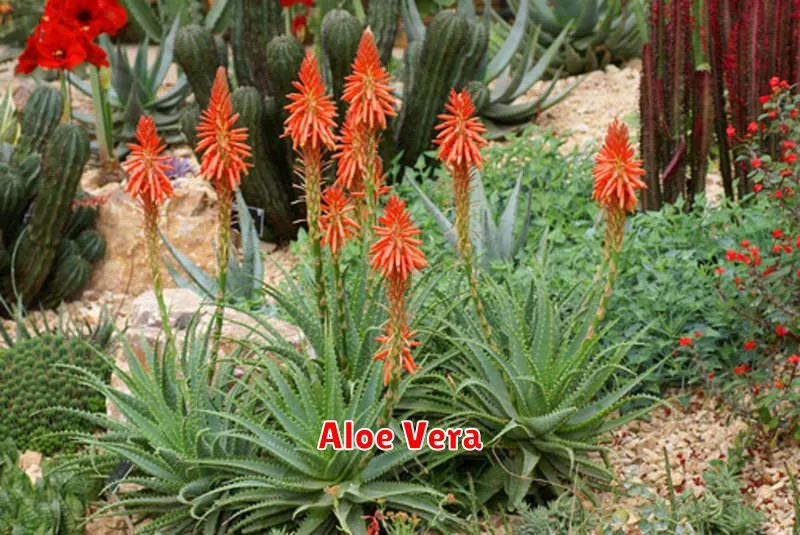
Aloe vera, a succulent plant species of the genus Aloe, is renowned for its numerous medicinal and cosmetic properties. For centuries, it has been utilized for its therapeutic benefits, earning it the title of a “wonder plant.” Its versatility extends across various applications, making it a popular choice in both traditional and modern medicine.
One of the most significant components of aloe vera is its gel. This gel, extracted from the plant’s leaves, is rich in vitamins (A, C, E, and B vitamins), minerals (calcium, magnesium, potassium, and zinc), and amino acids. These components contribute to its remarkable healing and soothing properties.
Traditionally, aloe vera has been used to treat a wide range of ailments. Its anti-inflammatory and antibacterial properties make it effective in healing burns, cuts, and other skin irritations. It’s often applied topically to alleviate the symptoms of sunburns, eczema, and psoriasis. Some also believe it can aid in wound healing and reduce scarring.
Beyond its topical uses, aloe vera also finds its place in the cosmetic industry. Its moisturizing and soothing properties make it a popular ingredient in lotions, creams, and other skincare products. It is believed to improve skin elasticity and promote healthy skin regeneration. Furthermore, its usage extends to hair care products, where it’s thought to promote hair growth and alleviate scalp conditions.
While generally considered safe, it’s essential to note that some individuals may experience allergic reactions to aloe vera. It’s always advisable to perform a patch test before applying it extensively, particularly if you have sensitive skin. Furthermore, while aloe vera offers numerous benefits, it’s not a replacement for professional medical advice. Consult a healthcare professional for any serious medical conditions.
In conclusion, aloe vera remains a valuable plant with a long history of medicinal and cosmetic applications. Its versatility and effectiveness make it a popular choice for maintaining healthy skin and hair, and its healing properties continue to be explored and valued in the modern world.
Snake Plant
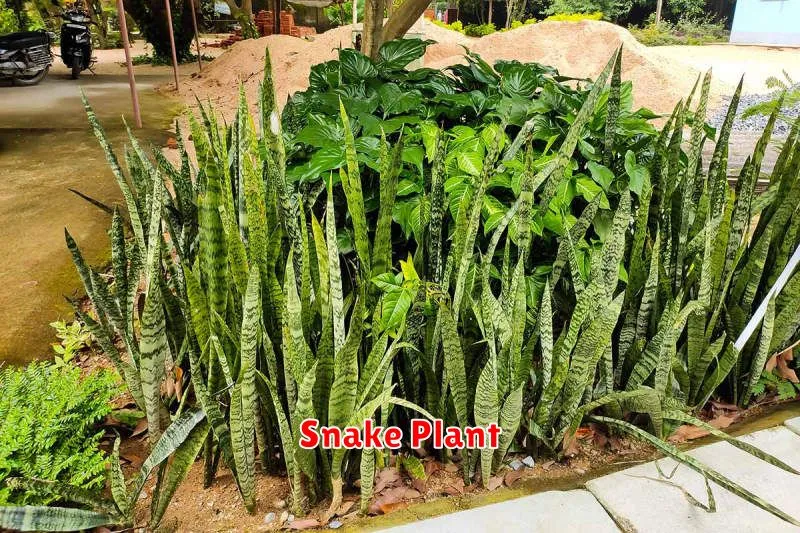
The snake plant, also known as Sansevieria trifasciata or Dracaena trifasciata, is a popular houseplant prized for its striking appearance and exceptional air-purifying qualities. Its stiff, sword-like leaves add a touch of modern elegance to any interior.
One of the most attractive features of the snake plant is its low-maintenance nature. It thrives on neglect, making it ideal for busy individuals or those new to plant care. It tolerates low light conditions and infrequent watering, making it a truly forgiving plant.
However, while it’s resilient, providing the right environment will help your snake plant flourish. Well-draining soil is crucial to prevent root rot. Allow the soil to dry out completely between waterings, and avoid overwatering, which is a common cause of snake plant demise.
Beyond its ease of care, the snake plant offers significant air-purifying benefits. Studies have shown its ability to remove toxins such as formaldehyde and benzene from the air, contributing to a healthier indoor environment. This makes it a perfect addition to bedrooms and living spaces.
Propagation is relatively simple. You can easily propagate your snake plant from leaf cuttings or by dividing the rhizomes. This allows you to expand your collection or share the beauty of this resilient plant with others.
With its striking looks, low maintenance needs, and air-purifying capabilities, the snake plant is undoubtedly a fantastic addition to any home or office. It’s a plant that truly offers beauty and functionality in one stylish package.
Spider Plant
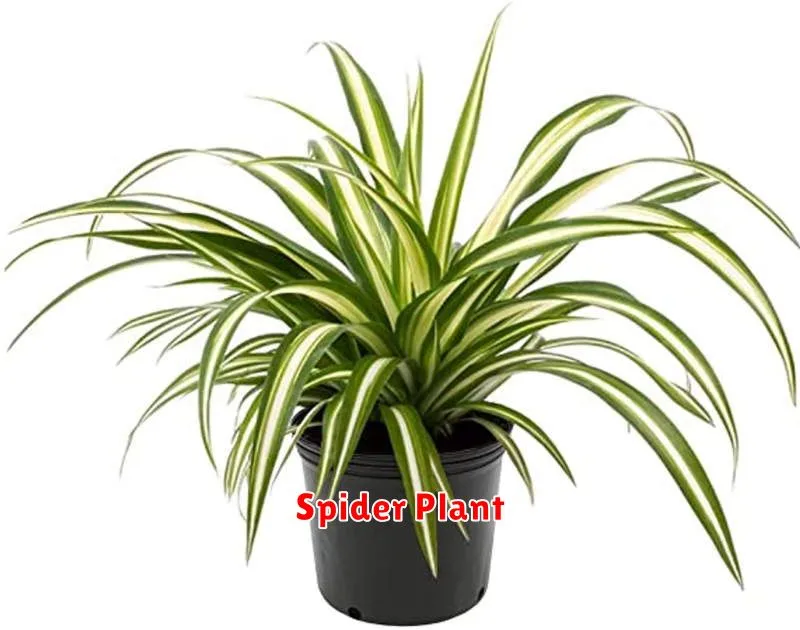
The spider plant, scientifically known as Chlorophytum comosum, is a popular houseplant prized for its ease of care and prolific propagation. Its cascading foliage and charming “spiderettes” (baby plants) make it a delightful addition to any home.
Care is simple: Spider plants thrive in bright, indirect light. Avoid direct sunlight, which can scorch their leaves. They prefer well-draining soil and should be watered thoroughly only when the top inch of soil feels dry. Overwatering is a common mistake that can lead to root rot.
Propagation is a breeze: The plantlets, or spiderettes, that form on long stems are easily rooted in water or soil. Simply detach a spiderette with a few roots and plant it in a small pot with potting mix. This makes propagating new plants a fun and rewarding experience for plant enthusiasts of all levels.
Benefits beyond beauty: Beyond its aesthetic appeal, the spider plant is known for its air-purifying qualities. Studies suggest it can help remove certain toxins from the air, contributing to a healthier indoor environment. This makes it a great choice for those seeking both beauty and improved air quality.
Variety in foliage: While the common spider plant boasts green leaves, there are also variegated varieties with striking white or yellow stripes. These variegated forms add a touch of elegance and visual interest to any space, offering a wider range of aesthetic options.
In conclusion, the spider plant is a low-maintenance, rewarding houseplant that offers beauty, easy propagation, and potential air-purifying benefits. Its adaptability and charming appearance make it a perfect choice for beginners and experienced plant lovers alike.
Succulents
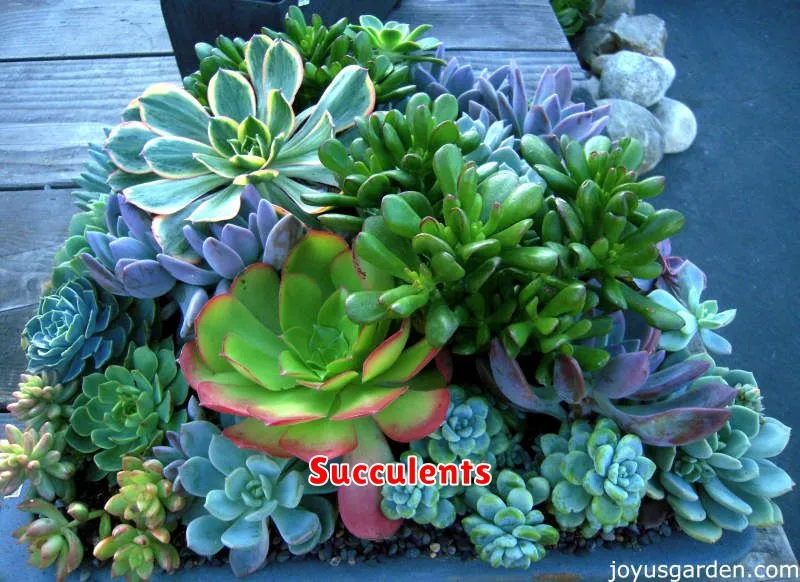
Succulents are a popular choice for both seasoned gardeners and beginners alike. Their low-maintenance nature and striking visual appeal make them a perfect addition to any home or garden.
One of the reasons for their popularity is their adaptability. They thrive in a variety of conditions, tolerating both periods of drought and infrequent watering. This makes them ideal for those with busy lifestyles or those who might not have a green thumb.
The diversity within the succulent family is also a major draw. From the classic rosette shapes of echeverias to the unusual textures of haworthias, there’s a succulent to suit every taste and aesthetic. Their size and shape also vary greatly, offering options for small windowsill displays or large, statement planters.
Caring for succulents is relatively straightforward. They require well-draining soil to prevent root rot, and infrequent watering is key. Overwatering is a common mistake that can lead to plant death. Bright, indirect sunlight is ideal, although some succulents can tolerate full sun.
Propagation is another appealing aspect of succulent ownership. Many succulents can be easily propagated from leaves or cuttings, allowing you to expand your collection with minimal effort. This makes sharing these fascinating plants with friends and family a simple and rewarding experience.
Beyond their aesthetic appeal and ease of care, succulents also offer a sense of satisfaction. Watching them thrive, even under less-than-ideal conditions, is incredibly rewarding. They are a testament to the beauty and resilience of nature, bringing a touch of the desert to your home.
Whether you’re looking to add a touch of green to your living space or embark on a rewarding horticultural journey, succulents are an excellent choice. Their unique charm, low maintenance, and remarkable diversity make them a perfect addition to any plant collection.
ZZ Plant
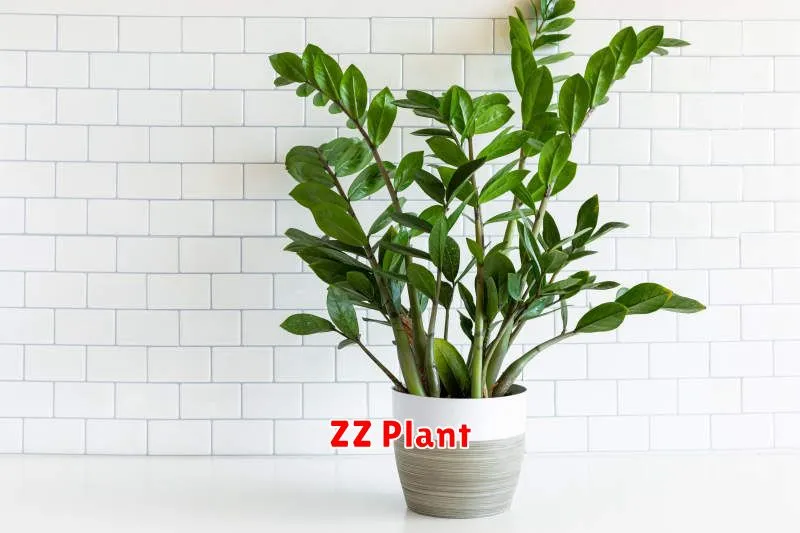
The ZZ plant, scientifically known as Zamioculcas zamiifolia, is a popular houseplant choice for its low-maintenance nature and striking appearance. Its dark green, glossy leaves add a touch of elegance to any room.
One of the most significant advantages of the ZZ plant is its tolerance for neglect. It thrives on infrequent watering and can withstand low light conditions, making it perfect for busy individuals or those new to plant care. In fact, overwatering is a much bigger threat to its health than underwatering.
The unique structure of the ZZ plant allows it to store water within its rhizomes, which are underground stems. This adaptation enables it to survive long periods without watering. However, while drought-tolerant, it still benefits from occasional deep watering when the soil is completely dry.
Propagation of ZZ plants is relatively easy. You can propagate them through leaf cuttings or by dividing the rhizomes. Simply place the cuttings in water or moist soil, and they will eventually develop roots and grow into new plants. This is a great way to expand your ZZ plant collection or share with friends.
While generally pest-resistant, monitor your ZZ plant for any signs of pests or diseases. Regular inspection will allow you to address any issues promptly. Despite its hardiness, a healthy ZZ plant will reward you with its vibrant foliage for years to come.
In summary, the ZZ plant is a fantastic option for those seeking a low-maintenance, visually appealing houseplant. Its resilience and ease of propagation make it a rewarding addition to any home or office environment.
Cactus Varieties
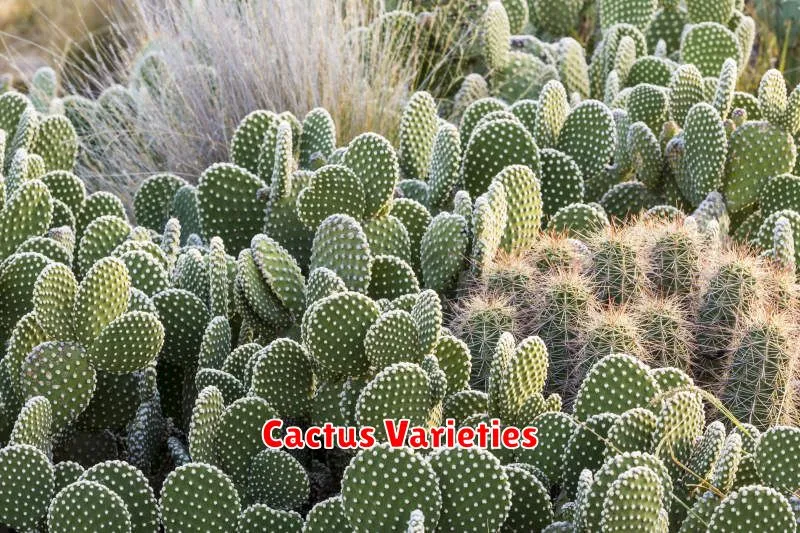
Cacti are fascinating plants known for their adaptability to arid environments. Their diverse forms and features make them a popular choice for both indoor and outdoor landscaping. There’s a wide variety of cacti, each with unique characteristics.
One popular type is the Saguaro cactus, iconic to the Sonoran Desert. Known for its towering size and distinctive arms, it’s a symbol of the American Southwest. These cacti can live for hundreds of years and reach impressive heights.
Prickly pear cacti are another well-known group, characterized by their flat, paddle-like pads and edible fruits. They come in a range of colors and sizes, offering both visual appeal and culinary possibilities. Many varieties are cultivated for their delicious fruits, often used in jams and jellies.
Barrel cacti, as their name suggests, are round and barrel-shaped. They are often covered in dense spines and are well-adapted to water storage. They are a common sight in desert landscapes and are highly valued by collectors for their unique form.
Beyond these common types, there exists a vast array of smaller, less common cacti. These range from miniature species ideal for terrariums to those with unique flowering displays. Many enthusiasts dedicate themselves to collecting and cultivating these diverse specimens.
No matter your preference, there’s a cactus out there for you. Whether you’re drawn to their imposing size, vibrant flowers, or intriguing shapes, these desert dwellers offer a fascinating glimpse into the wonders of the natural world. Understanding the diverse range of cactus varieties is key to appreciating their beauty and resilience.
Peace Lily
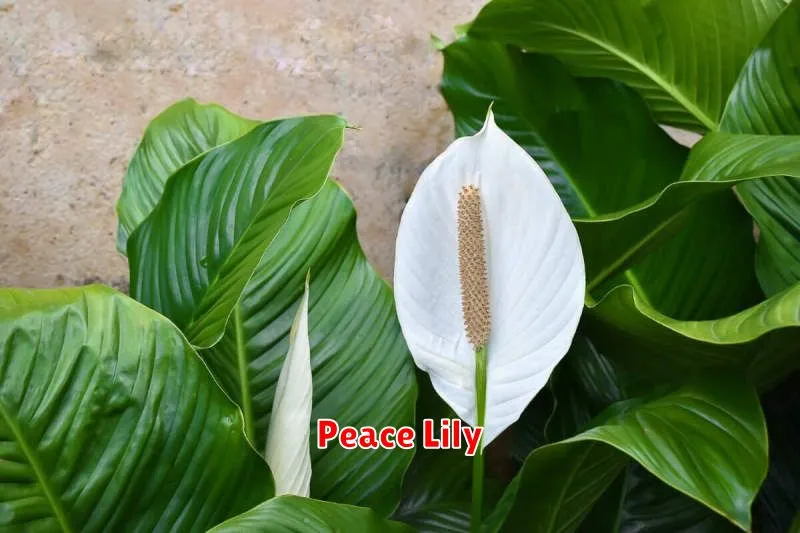
The Peace Lily, scientifically known as Spathiphyllum, is a popular houseplant prized for its elegant beauty and air-purifying qualities. Its striking white flowers, actually a modified leaf called a spathe surrounding a spadix, add a touch of sophistication to any indoor space.
One of the most appealing aspects of the Peace Lily is its relatively low-maintenance nature. While it prefers consistently moist soil, it’s forgiving of occasional dryness. However, overwatering can be detrimental, leading to root rot. Therefore, allowing the top inch of soil to dry out between waterings is a good rule of thumb.
Light requirements for Peace Lilies are moderate to low. Bright, indirect light is ideal. Direct sunlight can scorch its leaves, causing them to turn yellow or brown. A north-facing window or a spot away from direct sunlight is usually perfect.
Beyond its aesthetic appeal, the Peace Lily offers a significant environmental benefit. Studies have shown that it effectively filters common indoor air pollutants such as formaldehyde and benzene, contributing to a healthier home environment. This makes it a popular choice for those seeking to improve indoor air quality.
Propagation is relatively straightforward, typically through division of the rhizomes. This can be done during repotting, allowing you to expand your collection of these beautiful plants. Remember to use a well-draining potting mix to avoid issues with overwatering.
In summary, the Peace Lily is a stunning and beneficial addition to any home. Its ease of care, air-purifying properties, and elegant blooms make it a truly rewarding houseplant for both beginners and experienced plant enthusiasts alike.
Pothos Plant
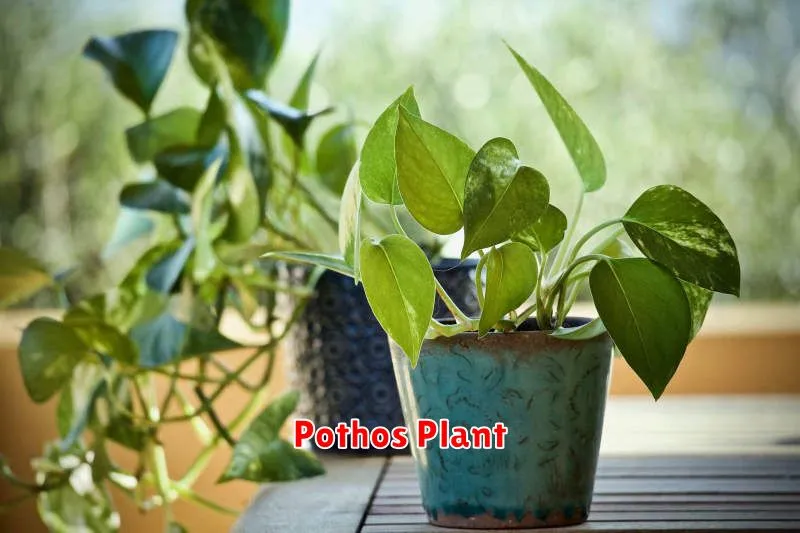
The pothos, also known as Epipremnum aureum, is a remarkably popular houseplant due to its ease of care and attractive, trailing foliage. Its vibrant green leaves, often variegated with yellow or white, add a touch of lushness to any indoor space.
One of the key benefits of the pothos is its tolerance for low-light conditions. While it thrives in bright, indirect light, it can also survive in areas with minimal sunlight, making it a versatile choice for various homes and offices. This adaptability is a major factor in its widespread popularity.
Watering a pothos is relatively straightforward. Allow the soil to dry out slightly between waterings, avoiding overwatering which can lead to root rot. A well-draining potting mix is essential for maintaining healthy plant growth. Feeling the soil’s moisture level is a better indicator than following a strict schedule.
Propagation is incredibly easy with pothos. Simply take a cutting from a healthy stem, ensuring it includes at least one leaf node, and place it in water or directly into soil. Within a few weeks, you’ll see new roots developing, allowing you to easily multiply your pothos collection.
Beyond its aesthetic appeal and low-maintenance nature, the pothos is also known for its air-purifying qualities. Studies have shown that it can help remove certain toxins from the air, contributing to a healthier indoor environment. This makes it more than just a decorative plant; it’s a beneficial addition to your home.
In conclusion, the pothos plant offers a delightful combination of beauty, resilience, and ease of care. Whether you’re a seasoned plant enthusiast or a beginner, the pothos is an excellent choice to brighten up your living space and enjoy the benefits of nature indoors.
Philodendron
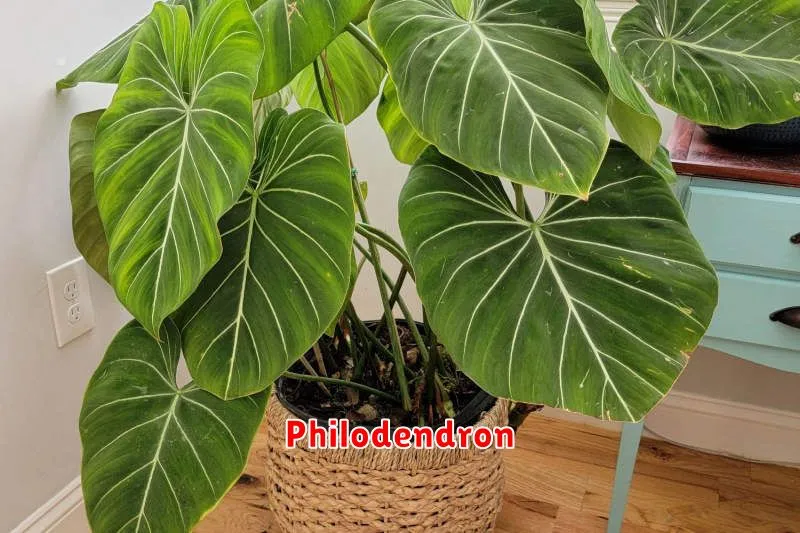
Philodendrons are a large genus of flowering plants in the Araceae family. They are incredibly popular houseplants, prized for their varied leaf shapes, colors, and growth habits. With thousands of species and cultivars, there’s a philodendron to suit almost any style and space.
One of the reasons for their popularity is their relative ease of care. While specific needs vary depending on the species, most philodendrons thrive in bright, indirect light and well-draining soil. They prefer consistently moist (but not soggy) soil and benefit from regular fertilization during the growing season.
Many different types of philodendrons exist, each with unique characteristics. Some are vining plants that can climb or trail, while others have a more upright, bushy growth habit. Leaf shapes range from heart-shaped to deeply lobed, and colors can vary from deep green to variegated patterns of green, yellow, and even pink.
Propagation is relatively simple, often achieved through stem cuttings. Simply take a cutting with a few leaves and nodes, place it in water or moist soil, and wait for roots to develop. This makes philodendrons excellent plants for sharing and expanding your collection.
While generally non-toxic to humans, it’s important to note that philodendrons contain insoluble calcium oxalates which can cause irritation if ingested by pets or children. Keep them out of reach of curious animals and young children.
Whether you’re a seasoned plant enthusiast or a beginner, a philodendron can be a rewarding addition to your home. Their versatility, beauty, and ease of care make them a truly iconic houseplant.
Rubber Plant
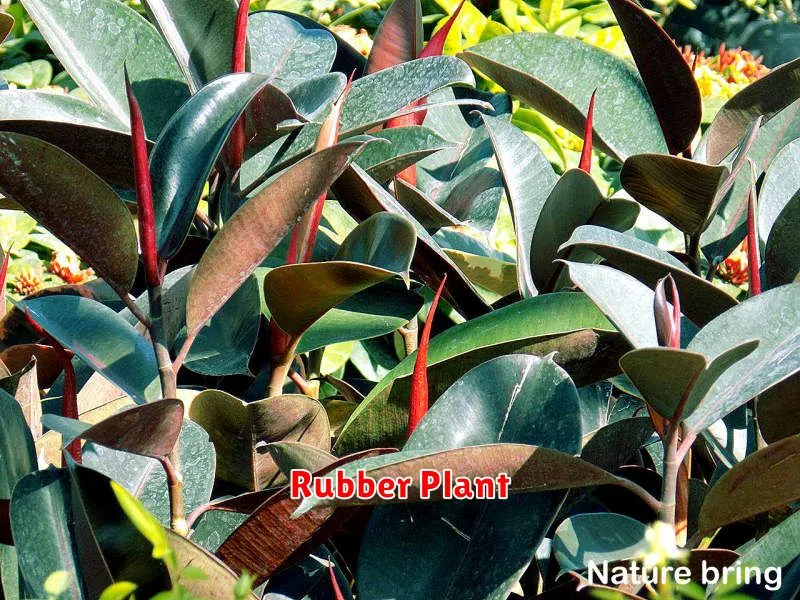
The rubber plant, scientifically known as Ficus elastica, is a popular houseplant prized for its large, glossy leaves and relatively low-maintenance care. Its striking foliage makes it a statement piece in any room, adding a touch of tropical elegance to your interior décor.
Origin and Appearance: Native to Southeast Asia, the rubber plant boasts oblong, leathery leaves that typically emerge in a reddish-brown hue before maturing to a deep green. Variations exist, with some cultivars showcasing variegated leaves with splashes of cream, pink, or yellow. These plants can grow quite tall, reaching impressive heights, although careful pruning can keep them at a manageable size for indoor environments.
Care and Maintenance: While generally easy to care for, rubber plants have specific needs. They thrive in bright, indirect light, avoiding direct sunlight which can scorch their leaves. Consistent watering is crucial, allowing the top inch of soil to dry out between waterings. Overwatering can lead to root rot, a common problem with these plants. Ensure good drainage in the pot to prevent waterlogging.
Propagation: Rubber plants can be propagated relatively easily through stem cuttings. Taking a cutting with at least one node and placing it in water or moist soil will encourage root development, eventually resulting in a new plant.
Troubleshooting: Common issues include yellowing leaves (often indicating overwatering or underwatering), leaf drop (often a sign of temperature fluctuations or stress), and pest infestations (like spider mites or mealybugs). Regular inspection and prompt action can prevent serious problems.
Overall, the rubber plant is an excellent choice for both beginner and experienced plant owners. Its striking beauty and relatively undemanding care make it a rewarding addition to any home.

